For cannabis growers, timing the harvest is one of the most important decisions in the entire cultivation process. Picking too early can result in lower potency and reduced aroma, while waiting too long may lead to a sleepy, degraded effect. One of the most reliable ways to determine when your plants are at their peak is by inspecting trichomes—the tiny, crystal-like resin glands covering buds and leaves. These structures contain cannabinoids, terpenes, and flavonoids, making them the primary source of both potency and flavour. By learning how to observe their colour, clarity, and overall condition, growers can accurately identify the ideal harvest window and tailor it to their preferred effects.
Understanding What Trichomes Are
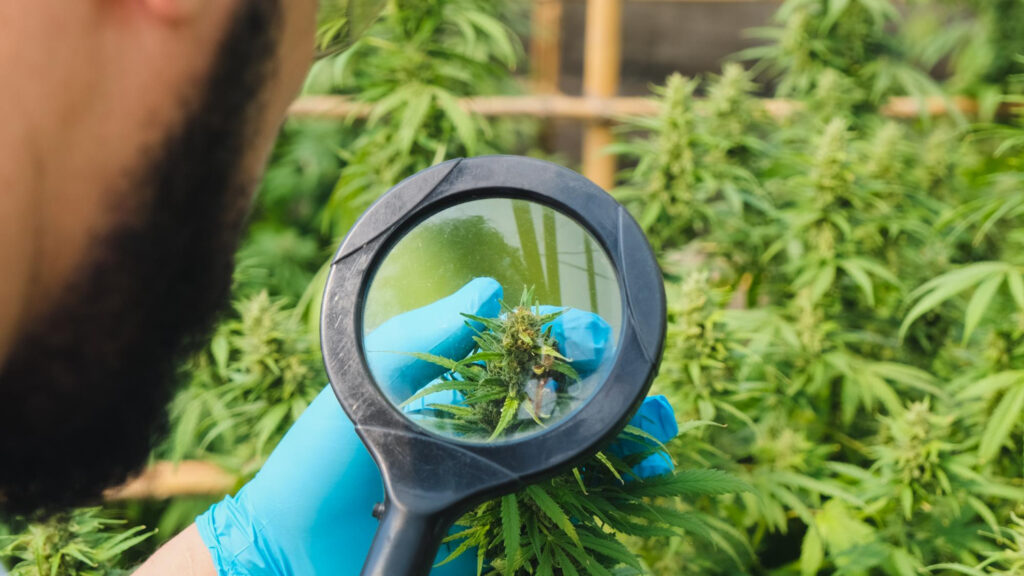
Trichomes are microscopic outgrowths that serve as the cannabis plant’s chemical factories, producing THC, CBD, and aromatic terpenes. They come in several forms, including bulbous, capitate-sessile, and capitate-stalked, with the latter being the most visible and resin-rich. Capitate-stalked trichomes resemble tiny mushrooms, with a stalk supporting a rounded gland head. These structures not only protect the plant from pests and UV radiation but also hold the key to judging maturity. As cannabis flowers approach their peak, trichomes undergo visible changes in transparency and colour, offering growers a natural visual timeline for optimal harvest readiness.
The Link Between Trichome Colour and Potency
Trichome inspection relies heavily on colour changes, which directly correlate with cannabinoid profiles and the effects the final product will produce. In early flowering stages, trichomes appear clear, indicating immature cannabinoid development. As they ripen, they transition to a cloudy or milky white state, signalling peak THC content and a more uplifting, cerebral high. With further aging, trichomes turn amber as THC begins to degrade into CBN, which produces more sedative effects. By tracking this colour evolution, growers can decide whether to harvest earlier for energetic effects, later for relaxing effects, or at a balanced midpoint.
Tools for Accurate Trichome Inspection
Because trichomes are extremely small, the naked eye is insufficient for accurate inspection. The most common tools for this task include jeweller’s loupes with at least 30x magnification, handheld microscopes, and digital USB microscopes that display images on a computer or phone screen. Many growers prefer portable microscopes with built-in LED lights, as these provide consistent illumination and allow for clearer visual analysis. Digital options also enable image capture, making it easier to compare trichome development over time and make more precise harvest decisions.
Balancing Trichome Stages for Desired Effects
Most experienced growers harvest when the majority of trichomes are cloudy, with a smaller proportion turning amber, to achieve a balanced mix of potency and relaxation. For example, a harvest at around 10–20% amber trichomes usually delivers a hybrid effect—energising yet calming—while 50% or more amber trichomes produce a heavier, sleep-inducing high. Conversely, harvesting when trichomes are still mostly cloudy and clear will yield a more stimulating and shorter-lasting effect. This ability to fine-tune effects based on trichome ratios is one of the key advantages of this method over more general time-based harvesting guidelines.
Avoiding Common Mistakes in Trichome Analysis
One of the most frequent errors growers make is inspecting the wrong plant part. Trichomes on sugar leaves often mature earlier than those on the buds themselves, so it’s essential to focus on gland heads located directly on the flowers. Lighting can also distort perceived colour, making it important to check under neutral or white light instead of under the intense hues of grow lights. Another common mistake is relying on a single inspection; because trichome changes can occur rapidly, daily monitoring during the final stages of flowering ensures more accurate timing.
The Final Steps Before Harvest
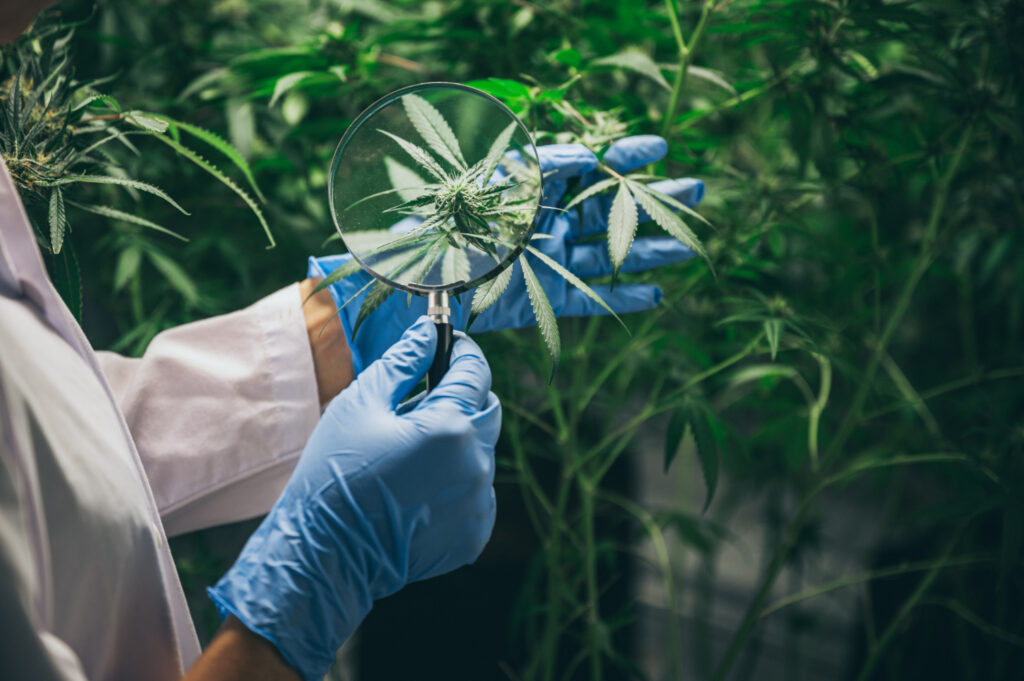
Once trichomes reach the desired maturity stage, growers should prepare for immediate harvest to preserve potency and flavour. This includes ensuring all necessary trimming tools, drying spaces, and curing containers are ready. Delaying harvest after trichomes have peaked can result in cannabinoid degradation, terpene loss, and diminished overall quality. Some cultivators also choose to stagger their harvest, cutting some branches earlier and others later to produce batches with different effect profiles. This approach allows for greater versatility in the final product while maximising the plant’s potential.

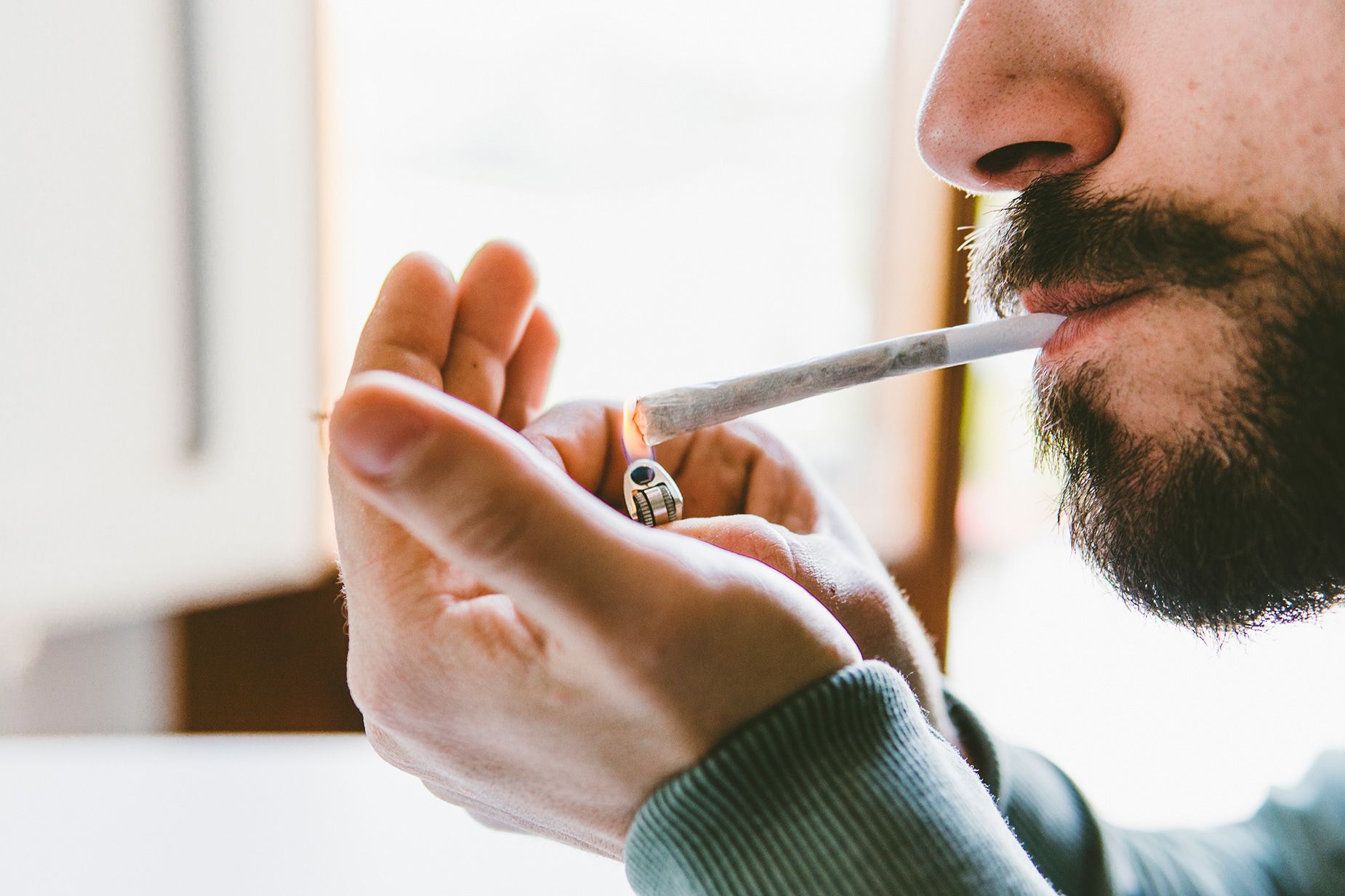

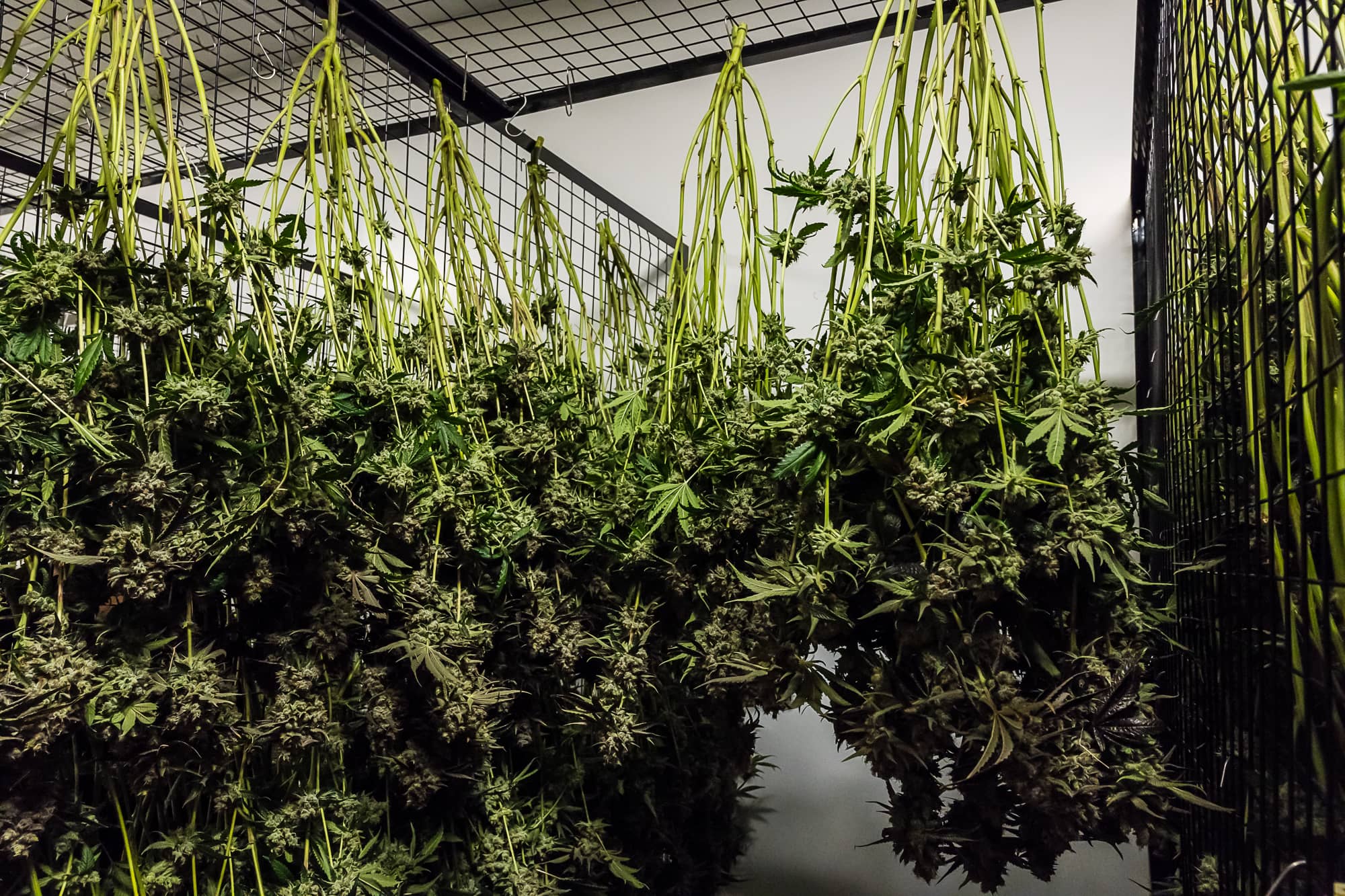

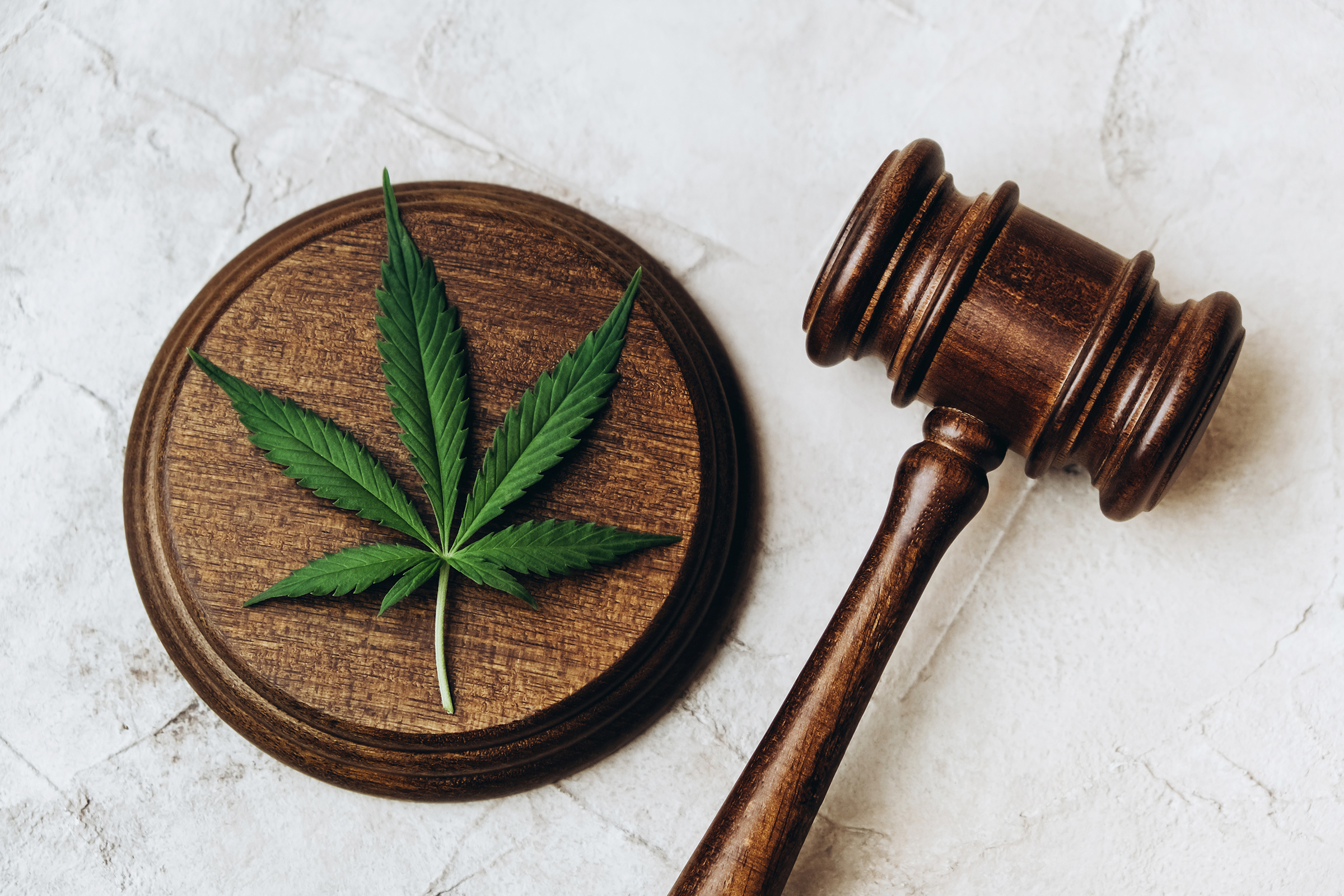
Leave a Reply